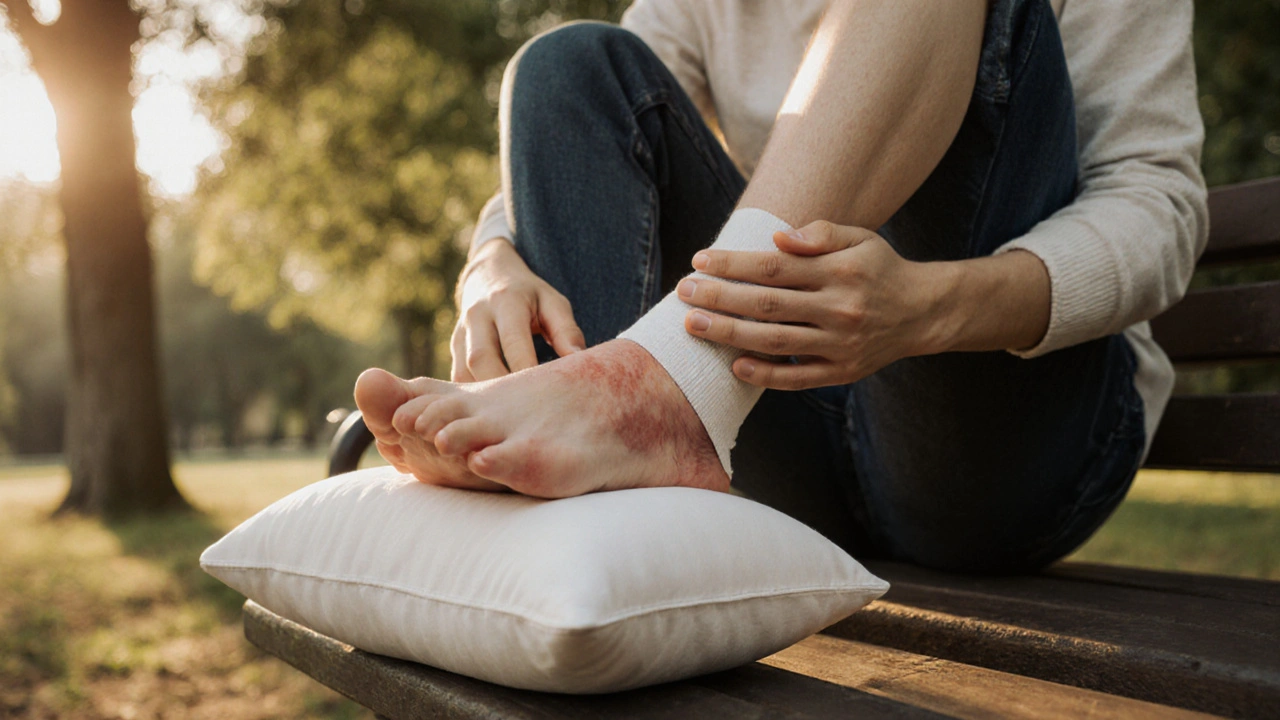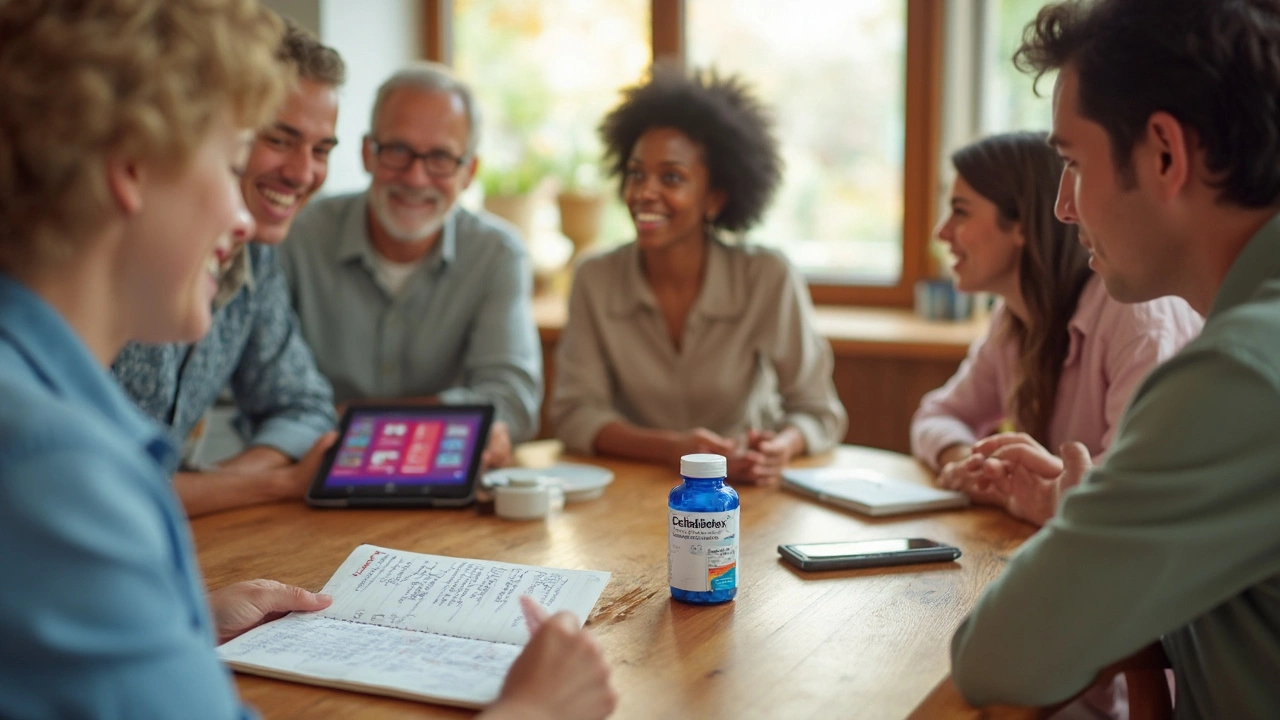Pain Relief: Practical Tips and Safe Options
Feeling sore, achy, or in sharp pain can throw off your whole day. The good news is you don’t need to suffer in silence. Below you’ll find real‑world advice on what works, what to avoid, and how to choose the right approach for the kind of pain you’re dealing with.
Over‑the‑Counter Choices You Can Grab Today
When the pain is mild to moderate, the pharmacy aisle is usually enough. Ibuprofen (Advil, Motrin) cuts inflammation and eases headaches, muscle strains, and joint aches. Take it with food to protect your stomach, and stick to the label‑recommended dose.
Acetaminophen (Tylenol) is another go‑to, especially if you can’t tolerate NSAIDs. It’s gentle on the stomach but doesn’t fight swelling, so it’s best for headaches, fever, or general soreness.
Topical creams like diclofenac gel or menthol patches bring relief right to the skin. They’re handy for localized knee or back pain without the systemic side effects of pills.
Don’t overlook simple home remedies. A warm compress can loosen tight muscles, while an ice pack reduces swelling after a fresh injury. Alternating heat and cold often speeds up recovery.
When Prescription Pain Meds Are Needed
If OTC options aren’t enough, it’s time to talk to a doctor. Opioids such as oxycodone or hydrocodone are powerful but carry a risk of dependence, so they’re reserved for short‑term, severe pain. Always follow the exact dosing schedule and never mix them with alcohol.
For nerve‑related pain, drugs like gabapentin or pregabalin target the nerve signals that cause burning or tingling sensations. They take a few days to build up, so patience is key.Muscle spasm relievers like cyclobenzaprine work well for tight, cramping muscles, but they can make you drowsy. Plan to take them when you don’t need to drive or operate machinery.
Before starting any prescription, ask your doctor about possible interactions with other meds you’re already taking. Blood thinners, antidepressants, and some heart drugs can clash with pain meds, leading to serious side effects.
Remember, the goal isn’t just to mask pain—it’s to get you back to normal activity safely. Combine medication with physical therapy, gentle stretching, or low‑impact exercise like swimming. Moving a little each day helps prevent stiffness and speeds healing.
Finally, keep a simple pain log. Note when the pain starts, what makes it worse, and what brings relief. This record helps your healthcare provider fine‑tune your treatment and avoid unnecessary meds.
Whether you reach for a bottle off the shelf or a prescription from your doctor, the right pain relief plan is the one that fits your lifestyle, health history, and the type of pain you face. Use these tips to make an informed choice, stay safe, and get back to feeling like yourself faster.
-
 VIEW POST
VIEW POSTEffective Sprain Treatment: Managing Swelling and Reducing Inflammation
Oct, 4 2025|10 CommentsLearn quick, evidence‑based steps to treat sprains, reduce swelling, and manage inflammation safely at home. -
 VIEW POST
VIEW POSTCelebrex Uses, Benefits, Side Effects, and Safety Tips
May, 24 2025|12 CommentsCelebrex, known as celecoxib, is a popular prescription medication for pain relief, especially in arthritis. This article breaks down how Celebrex works, its specific benefits, possible side effects, and key safety tips for users. You'll get practical advice, interesting facts, and clear answers to the most commonly asked questions about Celebrex. If you're curious about this NSAID or considering using it, this guide has you covered. Every section is easy to follow, trustworthy, and written to make things simple for anyone who needs real answers about Celebrex.